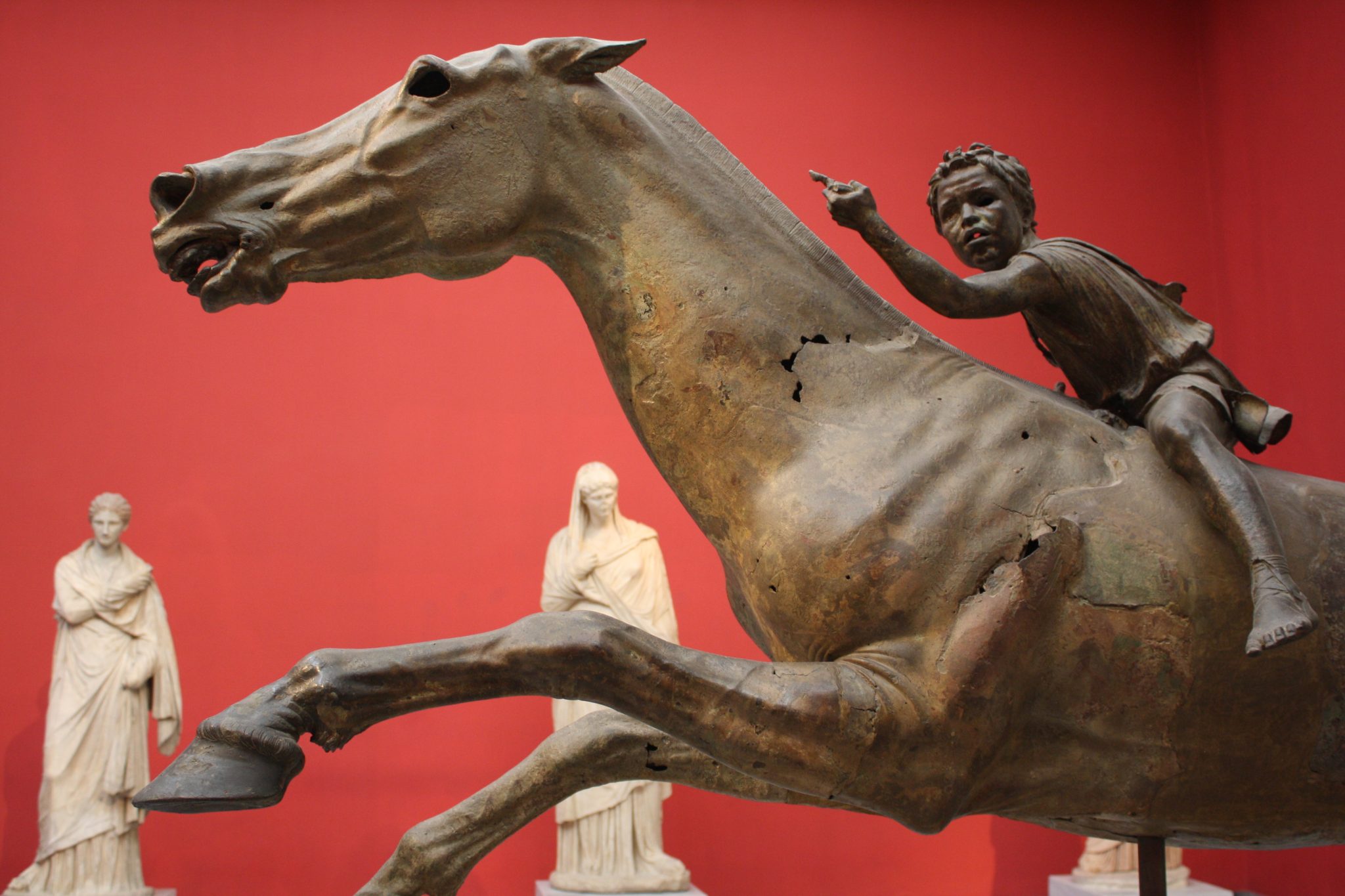Visiting the Ancient Orient Museum, Istanbul
I was attending an international neurology conference in Istanbul, Turkey. I had two days left, and I thought to myself: “How about shooting some artifacts in the Istanbul Archaeological Museums?” I visit Istanbul every now and then and this museums’ neighborhood is one of my favorite spots. It’s on a hill in the same complex as the famous Topkapi Palace. It is a group of three museums (Archaeological Museum, Ancient Orient Museum, and Tiled Kiosk Museum). The group lies on the European side of Istanbul at Sultanahmet/Fatih district. You should not miss the nearby Gulhane Park, Topkapi Palace, and Hagia Sofia; all are within the same area! There is a single entrance for all of the museums. The opening hours are from 9 AM to 5 PM. Monday is the Museum’s holiday. The price of the ticket is 15 Turkish Lira (circa 6.50 USD; 5.50 EUR). You can visit the three museums with this ticket. Excellent deal! My first station was the Ancient Orient Museum. The Museum’s logo says that it is founded in 1917 CE. It is a 1-floor …


